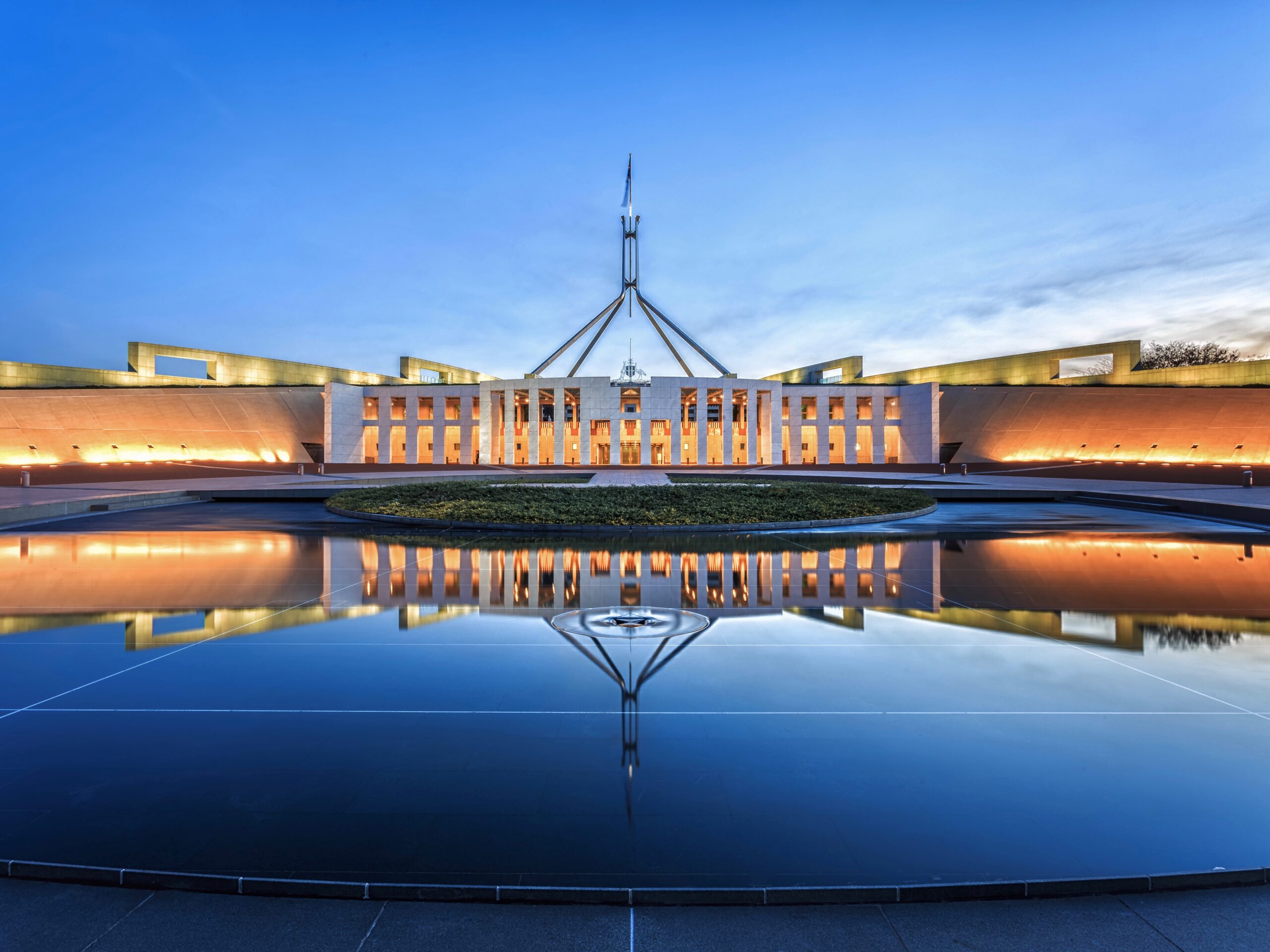As the national peak for the whole of the health and medical research pipeline, Research Australia was pleased to convene a broad cross-section of health innovators including Medicines Australia, AusBiotech, and the BioMelbourne Network to develop a unified position on the Patent Box tax treatment. Together we have issued the following joint statement.
Joint Statement of support for an Australian Patent Box
Australia’s health innovators support the introduction of a Patent Box, and we welcome this initiative by the Australian Government. With the right policy settings, a Patent Box will ensure Australian discoveries in health are developed here, ensuring Australia captures the opportunity for new industries and jobs in health innovation. We look forward to working with Treasury to ensure the design of the patent box adequately incentivises Australian health innovators to develop and manufacture their ideas onshore.
This collective statement is made by Research Australia, Medicines Australia, AusBiotech, BioMelbourne Network and the Medical Technology Association of Australia. In short, we represent a broad cross-section of health innovators. Our combined membership conducts most health-related research and development (R&D) activities in Australia with the objective of discovering and delivering better health outcomes and an enhanced health system for Australian patients and the world. This membership includes universities, research institutes, consumers, and small, medium and large companies.
What is a Patent Box?
A Patent Box is a tax concession that provides a lower tax rate for income derived from certain forms of intellectual property (IP), typically patents. The policy goal of patent boxes is to promote R&D and the commercialisation of IP.
Key Points
- We strongly support the introduction of a Patent Box in Australia. Many of us have advocated for the introduction of a Patent Box for several years.
- We acknowledge the need for the design of the Patent Box to be consistent with the OECD’s Base Erosion and Profit Sharing (BEPS) Action 5 Minimum Standard.
- The UK’s patent box provides a model for Australia which is superior in many ways to the model proposed in the Australian Treasury’s Discussion Paper.
- The Government should establish an expert working group with industry representation to support the design and implementation of the Patent Box.
Download the joint statement here.
Research Australia will continue to work with the Government and the Treasury to support the further design and implementation of the patent box.
Research Australia’s submission in response to the Treasury consultation is available here.









